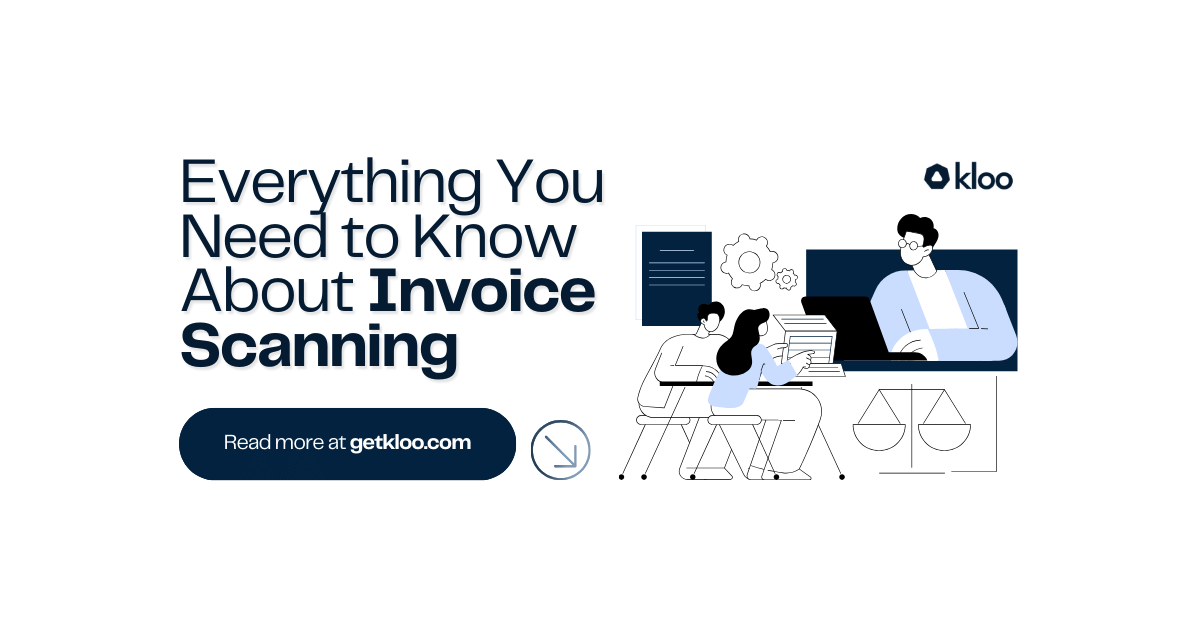Invoice Capture 101: Everything You Need to Know
In finance teams, efficiency and accuracy are essential, and this is especially true for invoice management. As companies strive to streamline their operations, understanding the intricacies of invoice capture and its benefits becomes vital. This guide explores what invoice capture entails, how it works, its advantages, common issues, and effective solutions.
What is Invoice Capture?
Invoice capture refers to the process of extracting data from invoices, typically in digital formats such as PDFs. While it could theoretically describe capturing data via images of physical invoices, the use of physical invoices is rapidly declining, with many countries even introducing legislation mandating e-invoicing, pushing businesses towards digital transformation. In this context, invoice capture usually pertains to extracting data from digital files, ensuring that all relevant information is accurately recorded for further processing.
The Power of Invoice Capture
Manual data extraction and entry are not only time-consuming but also prone to errors. Invoice capture automates this process, significantly reducing the margin for error and freeing up valuable time for employees to focus on more strategic tasks. Other benefits include:
- Enhanced Accuracy: Automation minimises human error, ensuring that data is captured correctly and consistently.
- Increased Efficiency: Speeds up the invoice processing time, allowing for quicker payments and better cash flow management.
- Cost Savings: Reduces the need for manual data entry, lowering labour costs.
- Improved Compliance: Ensures that data is accurately captured and stored, aiding in regulatory compliance and audit trails.
How Invoice Capture Works
Invoice capture uses Optical Character Recognition (OCR) technology combined with machine learning. OCR extracts the textual data from invoices, while machine learning analyses the structure and patterns within the invoices. This combination allows the system to distinguish between different types of data, such as recognising an invoice number vs a company number, and populate the data correctly into the appropriate fields within an accounts payable system.
Common Issues with Invoice Capture and the Solutions
1. Multi-Step Capture Initiation
One major issue with traditional invoice capture solutions is the cumbersome process of downloading invoices from supplier emails, logging into a separate platform, and manually uploading the invoices. This method is time-consuming and prone to errors.
Solution: Look for a solution with automatic uploads. Kloo introduces a smart invoice inbox where suppliers can directly send their invoices. Upon receipt, Kloo's AI identifies the document type and automatically extracts and uploads the information. This direct pipeline saves time and significantly reduces the margin for error.
2. Integration with Subsequent Invoice Processing
Another common issue is the lack of proper integration with subsequent invoice processing steps. A good data capture solution should also automate the following processes.
Solution: Kloo's Smart Invoice Inbox extracts data, runs fraud checks, uploads the structured data to Kloo and your ERP, conducts 2- or 3-way matching, and assigns the invoice to an approval workflow for review if required by the organisation. This fully automated process ensures that from the moment an invoice is received, every step is efficiently handled without manual intervention.
Conclusion
Invoice capture is a powerful tool that can transform the way businesses handle their invoice processing. By automating data extraction and subsequent processing steps, companies can significantly reduce errors, save time, and lower costs. Understanding the benefits and how to overcome common issues with solutions like Kloo’s Smart Invoice Inbox can help businesses streamline their operations and achieve greater efficiency. As e-invoicing becomes the standard, adopting advanced invoice capture technologies will be essential for maintaining a competitive edge.
Let's get started

